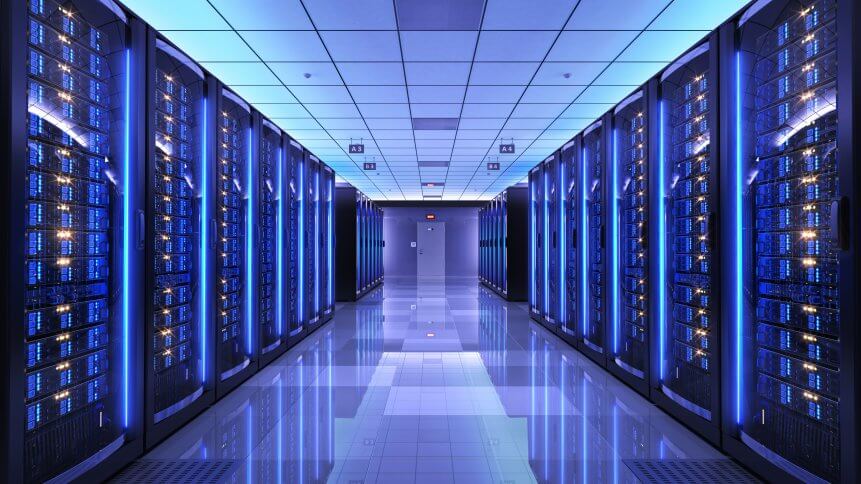Why enterprises are going all-in on hyperscale

Cloud computing continues to dominate the technology space, with cloud migration yielding a rain of opportunities and benefits. To date, achieving massive scale in computing power and data storage is a priority for organizations looking to mature in digital transformation.
Hyperscale infrastructure is designed exclusively for that purpose, and it offers increasingly relevant features such as high levels of performance and high tolerance and room for error as well as redundancy.
A recent report showed enterprises are leaning towards hyperscalers for cloud services as compared to second-tier providers.
The figure revealed 59 percent of companies in North America are utilizing hyperscale services, and more organizations are expected to join the trend, surging up to 65 percent in 2021.
What’s driving an ever-growing number of large companies to have their business in the cloud? First, we have to look at the current trends and how hyperscale computing seems to be meeting the need of each.
For the past decade, the exponential growth of the Internet of Things (IoT), artificial intelligence (AI), and machine learning (ML) has pushed for data-intensive applications. Hence, organizations turned to hyperscale to expand their abilities to accommodate data growth.
Hyperscale services offer speed to market by overcoming insufficient capacity, supercharging its cloud computing power to distribute up to thousands of servers.
As a result, hyperscale’s highly responsive IT infrastructure loosens the knot and complexities in complex business operations, enhancing overall workflow.
YOU MIGHT LIKE

Majority of workloads will go to cloud in 2020
The flexibility of hyperscale to keep pace with varied computing tasks is highly prized. In an ever-evolving market, an organization’s ability to handle the changing demands in real-time will set it apart from competitors.
Taking the retail industry as an example, as more retailers are moving from brick and mortar to e-commerce, a reliable IT infrastructure network is essential to support its digital footfall.
In retail specifically, managing and processing large amounts of data in a short period of time is vital to maintain customer satisfaction. The workload increases during significant shopping holidays as consumers flock to the online platform to fill their digital carts.
Therefore, a hyperscale facility with distinct design and flexibility to select components that are most suited for the current environment can support any spike or fluctuate in workload.
The intelligence of hyperscale helps businesses of varying degrees weather through the storms of peak shopping seasons. This ability enhances the operations of businesses and ensures consistent performance across the platform.
Finally, hyperscale also lowers capital expenditure and keeps the organization’s budget within expectations.
Since hyperscale servers rely on in-house or open-source software, it eliminates hardware component redundancy, which generally drives up management costs.









